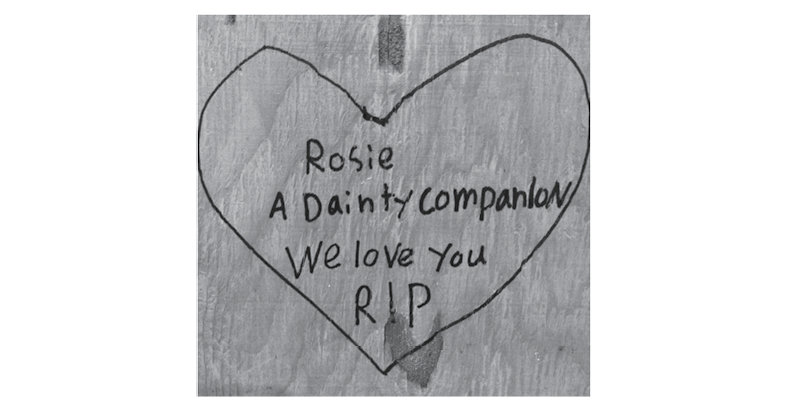The painter Charles Burchfield once buried a dead bird with a note that read Music exists in other forms. In his journal, he writes, “I saw a reflection of a falling cherry petal in a window and thought how like it was [to] the bird’s life.” He imagines that a “fairy, building a house of the wings of a moth, might use the transparent spots in the wings as windows. What would flowers look like seen thru them!”
My daughters are always looking for fairies, scouring our neighborhood, searching for signs, evidence of these creatures’ existence.
The other day, a dead hummingbird appeared, resting on its back, on a small table just outside our window. I saw the girls pick it up and carry it around; they were talking to it, but I couldn’t hear what they were saying.
I stood inside the house, close against the curtains where they couldn’t see me, and watched them. They leaned their faces close to the bird, whispering. They set it gently down.
Friends of mine once belonged to a church in Montana whose beliefs described how we come from beyond, and live many lives. One of their practices was to listen carefully to a child’s first words, and to hesitate in correcting them. Our tendency is to try to bring a child’s understanding into alignment with this imperfect world, when their understanding, incomprehensible to us, is coming from a truer place, or may speak from the experiences of a previous life.
I watched my girls with pride and tenderness, it’s true, but also with envy. I knew that if I slid the glass door open, their whispering would stop; they would look up at me with innocent exasperation and quickly cease whatever they were doing.
Later, I found the grave where they’d buried the hummingbird, back against the fence, next to the rhododendron. A plank of wood leaned there, a heart drawn on it with black marker.
